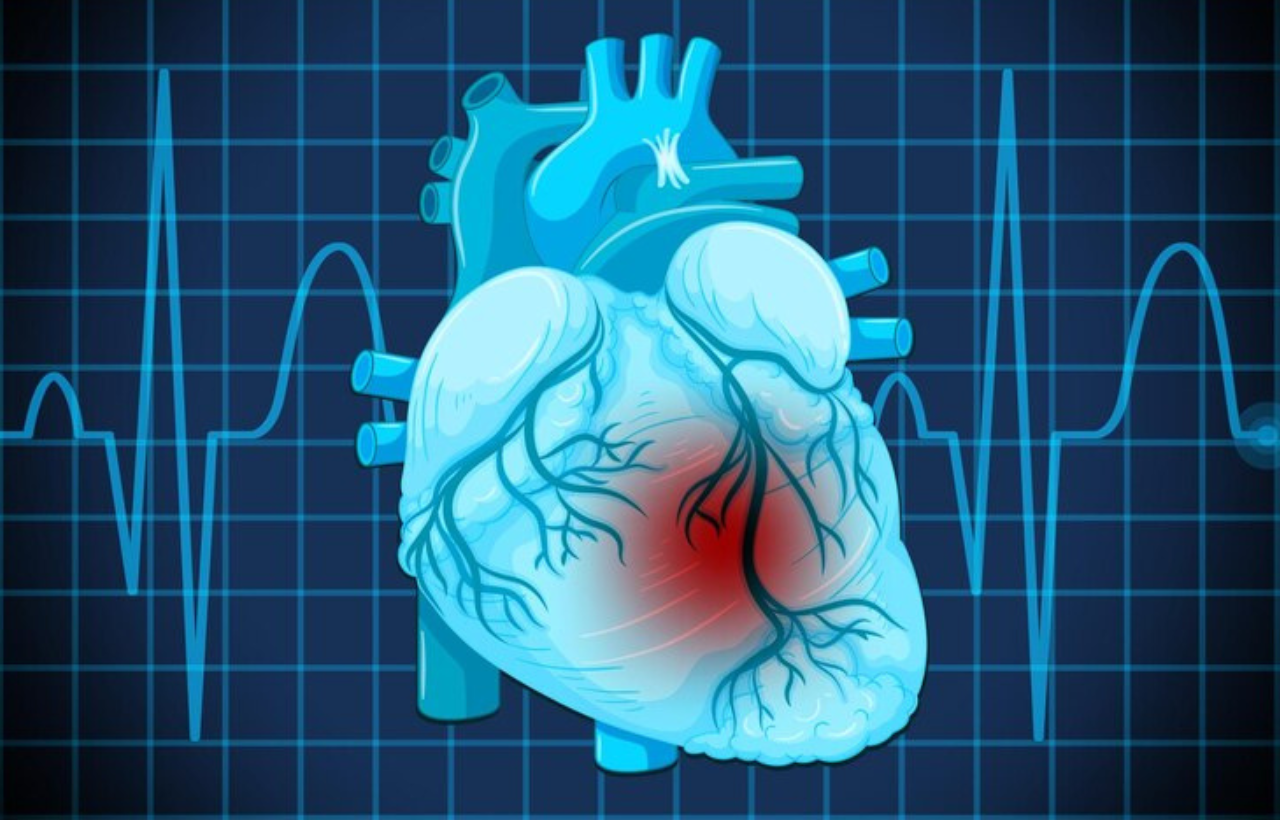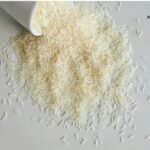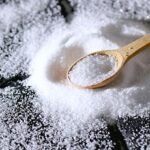Now Reading: Microplastic in Chewing Gum: The Hidden Health Threat
- 01
Microplastic in Chewing Gum: The Hidden Health Threat

Microplastic in Chewing Gum: The Hidden Health Threat
Chewing gum has long been a fun and convenient way to freshen your breath or relieve stress. But what if your favorite gum is secretly releasing thousands of tiny plastic particles into your mouth? Recent research reveals that each chew could be exposing you to microscopic plastic bits—raising serious health and environmental questions. Microplastic in Chewing Gum is a growing concern. Let’s unwrap this sticky issue and explore the science, risks, and actionable tips to minimize exposure.
The Sticky Truth: Chewing Gum and Microplastic Particles
A Surprising Discovery in Your Chewing Habit
Imagine unwrapping a piece of gum only to find that it isn’t just a burst of flavor but also a hidden source of microplastics. According to a new study, some chewing gum products may contain hundreds or even thousands of microplastic particles. These tiny bits result from the breakdown of larger plastic components during manufacturing or from the gum’s own plastic-like structure. It’s a discovery that challenges our assumptions about everyday products, urging us to rethink what we put in our mouths.
Why Microplastics Are a Concern
Microplastics are small plastic fragments measuring less than 5 millimeters. They have been found everywhere—from oceans and tap water to our food and air. Ingesting microplastics can potentially lead to biological disturbances, as these particles may carry toxic chemicals or enter our cells. The presence of microplastic contamination in something as common as chewing gum brings this global issue closer to home and raises critical questions about our daily exposure.
Understanding Microplastics: Small Particles, Big Impact
What Exactly Are Microplastics?
Microplastics originate from the degradation of larger plastic waste or are manufactured purposely (like microbeads in some cosmetics). These particles are almost invisible to the naked eye yet carry the potential to affect both human health and the environment negatively. Their persistence in the human body and ecosystems means that even everyday items can contribute to long-term accumulation.
How Chewing Gum Contributes to the Problem
Chewing gum’s unique texture and elastic nature come from a blend of synthetic polymers, which are essentially plastics. Over time, the mechanical action of chewing—and even the initial manufacturing process—can cause these polymers to break apart into microscopic fragments. The new study suggests that each piece of gum might be subjecting you to an unexpected dose of microplastics, prompting discussions about regulatory standards and healthier alternatives.
Health Implications: Are You at Risk?
Potential Health Concerns
While research is ongoing, experts are increasingly worried about the potential health effects of ingesting microplastics. Some studies suggest that microplastic particles can cause inflammation or interfere with the human digestive system. The real danger, however, may lie in the toxic chemicals that microplastics can absorb from their surroundings, which might then be released into your body upon ingestion. Though definitive answers await further investigation, the emerging evidence calls for caution, especially for those who chew gum regularly.
Environmental and Long-Term Considerations
The environmental implications of microplastic contamination extend far beyond individual health. When discarded improperly, gum contributes to urban pollution, and the microplastics it releases can end up in soil and waterways. This contamination not only affects wildlife but can also cycle back to humans through food and water sources, creating a cycle of exposure that is hard to break.
Reducing Your Exposure to Microplastics
Opt for Natural or Alternative Chewing Gum Options
Switching to brands that use natural ingredients and biodegradable bases for their gum can be a proactive step. Look for products that emphasize eco-friendliness and transparency in their ingredient sourcing. Natural gums are less likely to contain synthetic polymers that fragment into microplastics, making them a safer alternative for both your health and the environment.
Practice Mindful Consumption
While it’s nearly impossible to eliminate microplastics entirely from modern life, being mindful of your consumption habits can reduce overall exposure. Consider limiting your gum-chewing frequency, especially if you rely on it daily. Being informed means you can also spread awareness—encourage local stores or companies to provide better labeling on their products regarding possible microplastic content.
Stay Informed and Advocate for Change
The scientific community is still uncovering the full extent of microplastic risks, so staying updated with ongoing research will help you make informed decisions. Supporting policies and initiatives aimed at reducing plastic use and microplastic pollution can contribute to systemic changes, ultimately reducing the contamination in everyday products.
Final Thoughts: Chewing Over the Microplastic Issue
The revelation that chewing gum can release thousands of tiny plastic particles into your mouth is both startling and thought-provoking. It forces us to confront the hidden realities behind everyday products and encourages a broader reflection on our environmental footprint. While the research is still in its early stages, taking proactive steps—like choosing natural alternatives and supporting eco-friendly practices—can help mitigate potential risks.
Disclaimer: The information provided in this post is intended for informational purposes only and should not be taken as professional health or environmental advice. Please consult relevant professionals for guidance specific to your situation.











